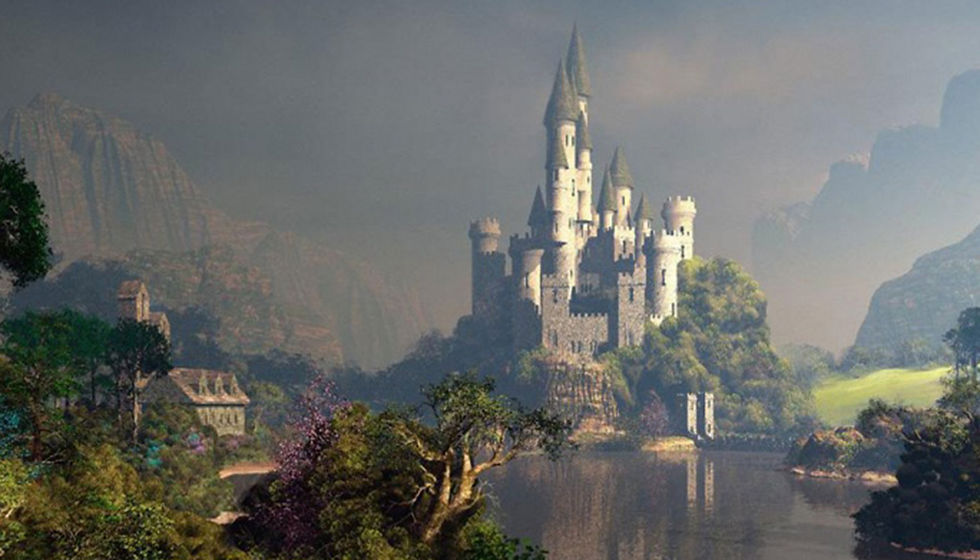The Physics of Magic
- Mark Sanders

- Aug 28, 2019
- 3 min read
It's an essential element of fantasy fiction, but how do you make it real and fresh?

As I said in Monday's blog, I never intended to build a fantasy kingdom when I began writing a short story about a medieval knight's tournament. In the same way, even after I knew the story would become a novel, I didn't consider a real magical element. Like so many things in the novel, it was something I discovered when I stopped plotting every action and instead sat back and watched the characters do what was in their character to do.
The first inklings of magic that we discover come in Chapter Three, as Dylan and his squire, Clyde, arrive in Llanfyllin, the capital city of the kingdom, for the annual spring festival. I wanted to show a city at its height of festivity, so I drew on much of the knowledge I gleaned through my studies of English literature and history.
Clyde is the first to encounter Osric the Elder, a magician who appears to be nothing more than the kind of illusionist that captures our modern imaginations on television and live performances in places like Las Vegas and Branson, Mo. At this point, the idea of "magic" was much closer to "natural science," and that became the foundation that I would build upon later in Dylan's Treasure. It comes to the forefront of the novel in The Spring of Llanfyllin.
From Dylan's Treasure, chapter three:
The boy had either arrived early or pushed through the small crowd because he was almost close enough to the magician to touch the hem of the old man’s black robes. Magicians lived longer than almost any other subjects of the kingdom, some as long as sixty years. Common folk such as Clyde believed this long lifespan was proof of their power over dark and light magics. Dylan knew better—a magician’s true knowledge was of the power of nature: healing potions brewed from plants, roots and herbs; various chemicals ground from stones in the earth that when mixed together resulted in everything from the shade of violet that dyed the banners of the festival to explosions that flashed with sparks, fire and smoke. They also knew which foods best sustained their bodies and how to treat common diseases, so they naturally lived longer.
My discovery of the deeper power of magic comes later in the novel, when Dylan discovers a certain object that has been imbued with a particular kind of magical spell. Dylan himself says that he doesn't believe in "real" magic, but his experience will soon belie that misconception. If you haven't already read Dylan's Treasure, I don't want to give away all the surprises, but you can go to my home page and buy your own copy today!
All the while, however, I wanted to make sure that this magic was grounded, at least in part, in the physical world. For Osric and his fellow magicians, their power really does derive from the natural world. Their spells and incantations always require a physical element that requires expert precision in order for it to work correctly. As a guild, these magicians guard these secrets carefully, as their possession gives them positions of power in the realms that they serve.
Having established the foundation for "real" magic in the first book, we see much more of Osric the Elder as a primary character in the sequel, and an expansion of my natural magic into the kind of full prominence it deserves in a fantasy world. I'm excited to publish the second book soon so that I can tell you much more about it!





Comments